
The geometer moths are moths belonging to the family Geometridae of the insect order Lepidoptera, the moths and butterflies. Their scientific name derives from the Ancient Greek geo γεω, and metron μέτρον "measure" in reference to the way their larvae, or "inchworms", appear to "measure the earth" as they move along in a looping fashion. A very large family, it has around 23,000 species of moths described, and over 1400 species from six subfamilies indigenous to North America alone. A well-known member is the peppered moth, Biston betularia, which has been subject of numerous studies in population genetics. Several other geometer moths are notorious pests.
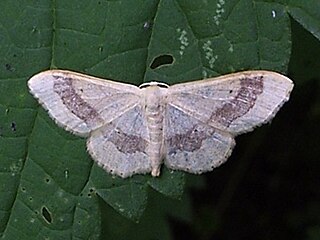
The riband wave is a moth of the family Geometridae. The species was first described by Carl Linnaeus in his 1758 10th edition of Systema Naturae.

Idaea, sometimes called Hyriogona, is a large genus of geometer moths. It was erected by Georg Friedrich Treitschke in 1825. They are found nearly worldwide, with many native to the Mediterranean, the African savannas, and the deserts of western Asia.
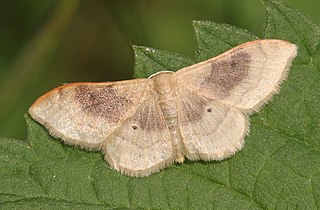
Idaea degeneraria, the Portland ribbon wave, is a moth of the family Geometridae. The species was first described by Jacob Hübner in 1799.

Idaea inversata, the purple wave, is a moth of the family Geometridae. The species was first described by Achille Guenée in 1857. It is found along the east coast of Australia.

Idaea basinta, the red-and-white wave, is a species of geometrid moth in the family Geometridae. It was described by William Schaus in 1901 and is found in Central and North America.
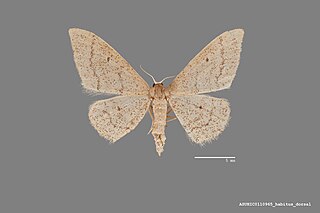
Idaea productata is a species of geometrid moth in the family Geometridae. It was described by Alpheus Spring Packard in 1876 and is found in North America.

Idaea obfusaria, the rippled wave, is a species of geometrid moth in the family Geometridae.

Idaea minuta is a species of geometrid moth in the family Geometridae. It is found in North America.

Idaea microphysa is a species of geometrid moth in the family Geometridae. It is found in North America.
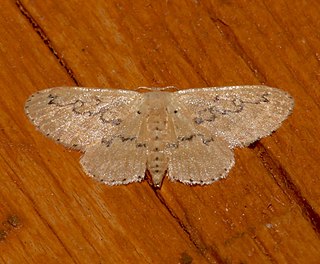
Idaea hilliata, or Hill's wave moth, is a species of geometrid moth in the family Geometridae. It is found in North America.

Idaea pervertipennis is a species of geometrid moth in the family Geometridae. It is found in North America.

Idaea eremiata, the straw wave moth, is a species of geometrid moth in the family Geometridae. It is found in North America.
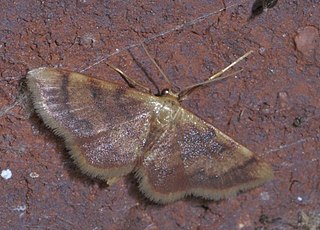
Idaea demissaria, the red-bordered wave moth, is a species of geometrid moth in the family Geometridae. It is found in North America.
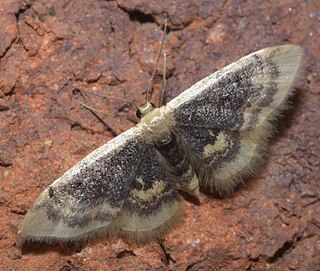
Idaea scintillularia, the diminutive wave, is a species of geometrid moth in the family Geometridae. It is found in North America.
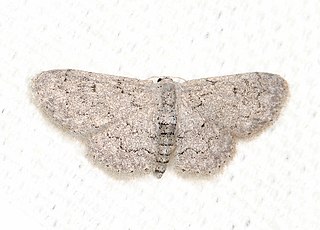
Idaea violacearia is a species of geometrid moth in the family Geometridae. It is found in North America.
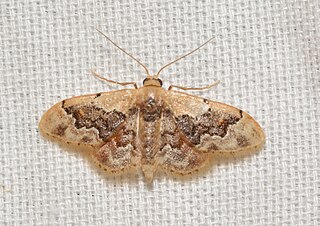
Idaea gemmata is a species of geometrid moth in the family Geometridae. It is found in North America.

Idaea ostentaria, the showy wave, is a species of geometrid moth in the family Geometridae.

Idaea occidentaria is a species of geometrid moth in the family Geometridae. It is found in North America.

Idaea celtima is a species of geometrid moth in the family Geometridae. It is found in North America.



















